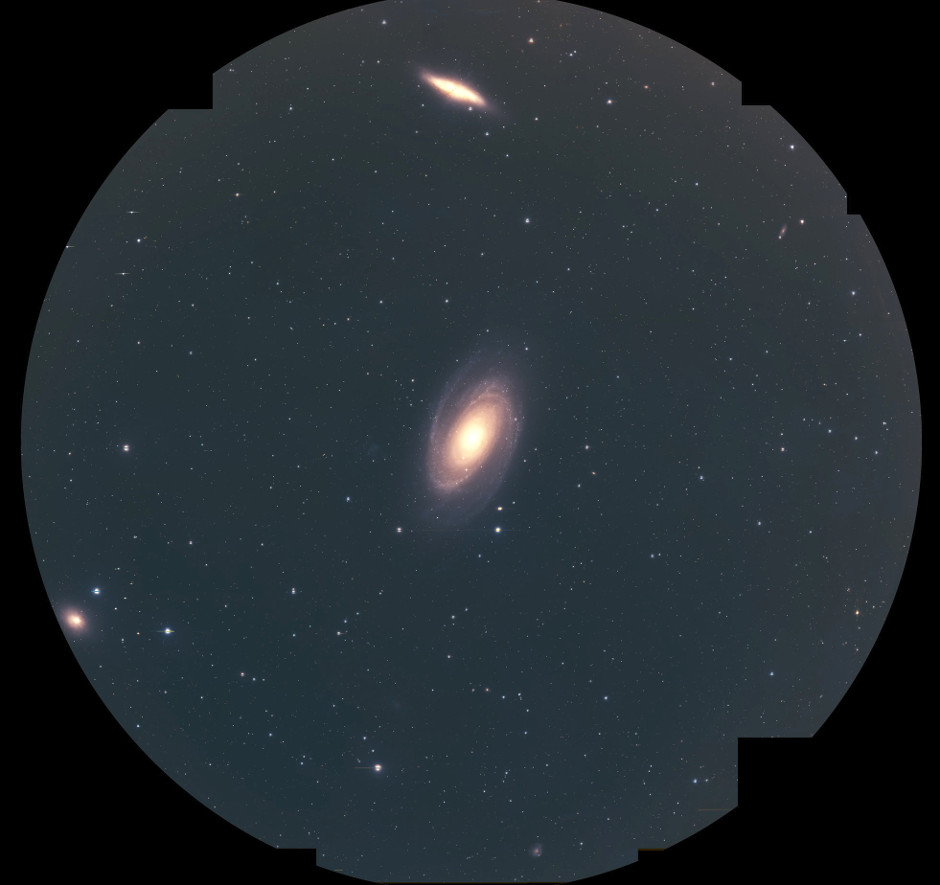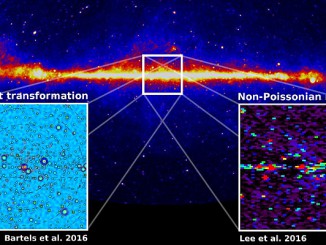
A team of scientists has used a highly sensitive instrument on one of the world’s largest telescopes to witness a dominant galaxy ingesting the stars of its near neighbours.
Astronomers took extremely wide-view, long exposures of a nearby group of galaxies known as the M81 Group, which lies 11.7 million light-years from the Milky Way.
They observed the dominant central galaxy, M81, capturing stars from its two nearest neighbouring galaxies. The gravitational pull of M81 was shown to distort the shapes of the other galaxies, pulling their stars into long tails, in a process called tidal stripping.
The images reveal for the first time how the stars from smaller galaxies are being ingested into M81. It is expected that eventually the smaller galaxies will be devoured entirely.
Findings from the study add to two decades of research during which evidence for this process has been mounting. In the early 1990s, scientists discovered that our own Milky Way is in the process of subsuming a smaller system known as the Sagittarius dwarf galaxy.
The study, to be published in Astrophysical Journal Letters, was conducted using the Hyper Suprime-Cam on the Subaru Telescope in Hawaii. It was carried out by astronomers from Shanghai Astronomical Observatory, the National Astronomical Observatory of Japan, the Universities of Edinburgh and Cambridge, and Hiroshima University.
Professor Annette Ferguson of the University of Edinburgh’s School of Physics and Astronomy, who took part in the study, said: “The extremely faint outer regions of galaxies are challenging to study, but our findings reveal that they contain a wealth of information about how galaxies capture and cannibalise their smaller neighbours. This is important for understanding how large galaxies like our Milky Way have formed and evolved over time.”



